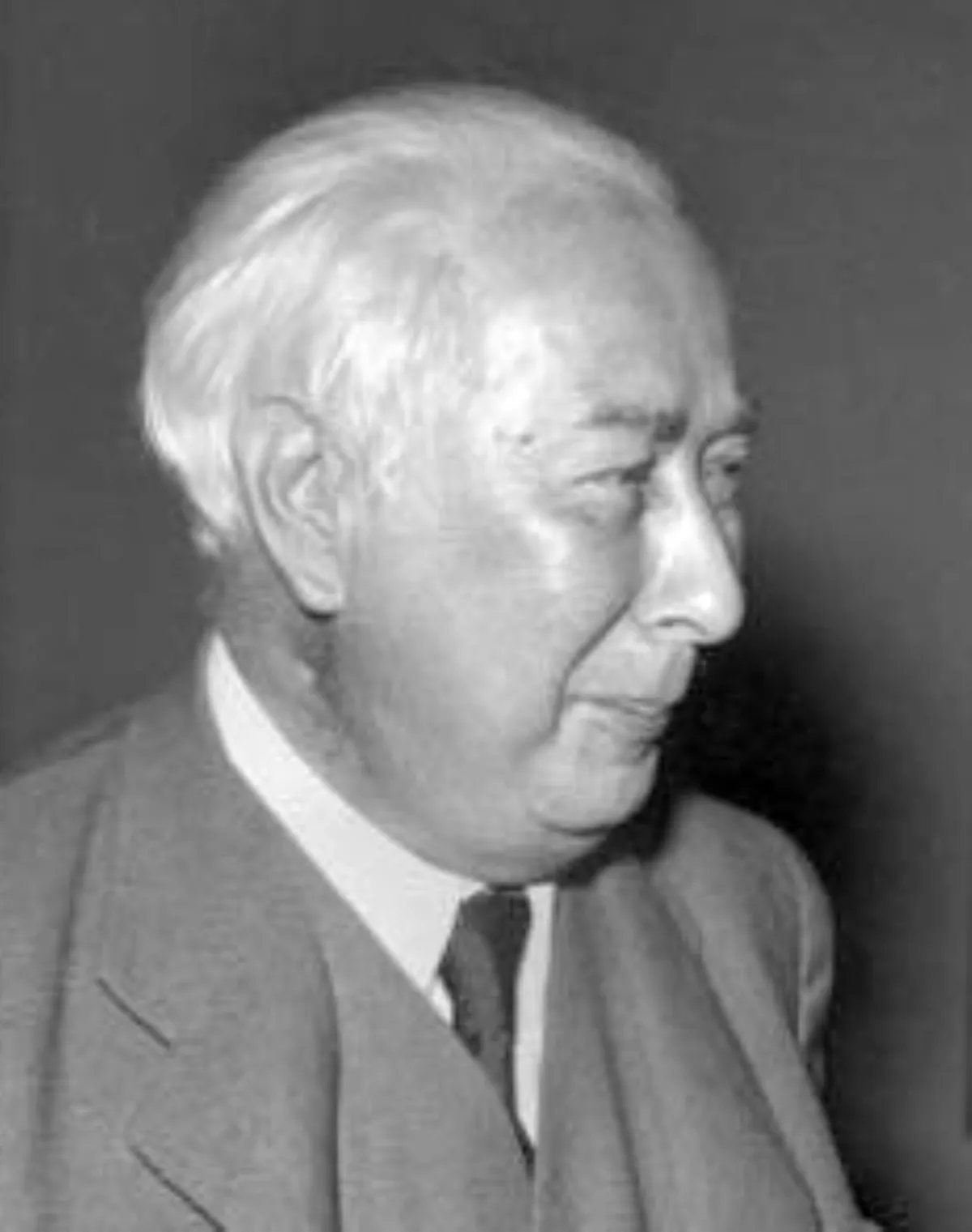 1.
1. Theodor Heuss was born in Brackenheim, a small town and wine-making community near Heilbronn in Wurttemberg, on the border between the historic regions of Swabia and Franconia.

 1.
1. Theodor Heuss was born in Brackenheim, a small town and wine-making community near Heilbronn in Wurttemberg, on the border between the historic regions of Swabia and Franconia.
Theodor Heuss attended the Karlsgymnasium in Heilbronn, from which he graduated in 1902.
Theodor Heuss studied economics, art history and political science at the universities of Munich and Berlin.
Theodor Heuss received his doctorate at Munich, with social reformer Lujo Brentano serving as his thesis adviser, in 1905.
Theodor Heuss was a student of Friedrich Naumann, a social liberal politician and theologian.
On 11 April 1908, he married Elly Theodor Heuss-Knapp, with whom he had a son.
Theodor Heuss taught as a lecturer at the Deutsche Hochschule fur Politik in Berlin.
From 1918 to 1924, Theodor Heuss was managing director of Deutscher Werkbund, a German association of artists, architects, designers and industrialists which became an important element in the development of modern architecture and industrial design, particularly in the later creation of the Bauhaus school of design.
However, on 23 March 1933, along with his four fellow DStP parliamentarians, Theodor Heuss voted in favour of the Enabling Act, granting Chancellor Adolf Hitler quasi-dictatorial powers.
Theodor Heuss had set out to abstain, but after Heinrich Bruning indicated that with regard to the Reichskonkordat the Centre Party MPs would assent, ultimately subordinated to party discipline.
When Germany became a one-party state, the DStP was dissolved on 28 June 1933 and Theodor Heuss was divested of his Reichstag mandate by decree of Minister of the Interior Wilhelm Frick with effect from 8 July.
Theodor Heuss lost his positions at the Deutsche Hochschule fur Politik and at the Deutscher Werkbund.
In 1936 Theodor Heuss faced a publication ban, nevertheless in 1941 he became an employee of the Frankfurter Zeitung, one of the few remaining liberal newspapers at that time.
Theodor Heuss wrote under pseudonyms until publishing of the paper was finally prohibited in 1943.
Theodor Heuss spent the following years writing a biography of Robert Bosch.
In 1946, Theodor Heuss took part in the constitutional consultations in Wurttemberg-Baden.
Theodor Heuss taught history at the Stuttgart Institute of Technology in 1946 and 1947, receiving the title of an honorary professor in 1948.
Theodor Heuss took the oath required by article 56 of the Basic Law before a joint session of the Bundestag and the Bundesrat on the same date.
Theodor Heuss held office until the end of his term on 12 September 1959, succeeded by Heinrich Lubke.
Theodor Heuss had declined a third term in office, as this would have necessitated changing the constitution.
Theodor Heuss shaped the office of president by his non-partisan governing.
In 1959, Theodor Heuss was awarded the prestigious Friedenspreis des Deutschen Buchhandels.
Theodor Heuss's rhetoric encouraged the Germans to never forget the Holocaust and precisely described the crimes against the Jews but he refrained from citing those who were responsible for their suffering.
In 1957 Theodor Heuss donated a sculpted portal entry to the Camposanto of the Teutons and the Flemish in Vatican city.
On 12 December 1963 Theodor Heuss died in Stuttgart, aged 79.
Theodor Heuss was a member of the Protestant Church in Germany.
Theodor Heuss was married to Alsace German politician, social reformer and author Elly Heuss-Knapp with whom he had one child, antifascist resistance fighter Ernst Ludwig Heuss.
Since 1964, the Theodor Heuss Prize has been awarded for exemplary democratic disposition.
Theodor Heuss' image appeared on one series of the two-mark coin and numerous streets and squares all over Germany have been named in his honour.